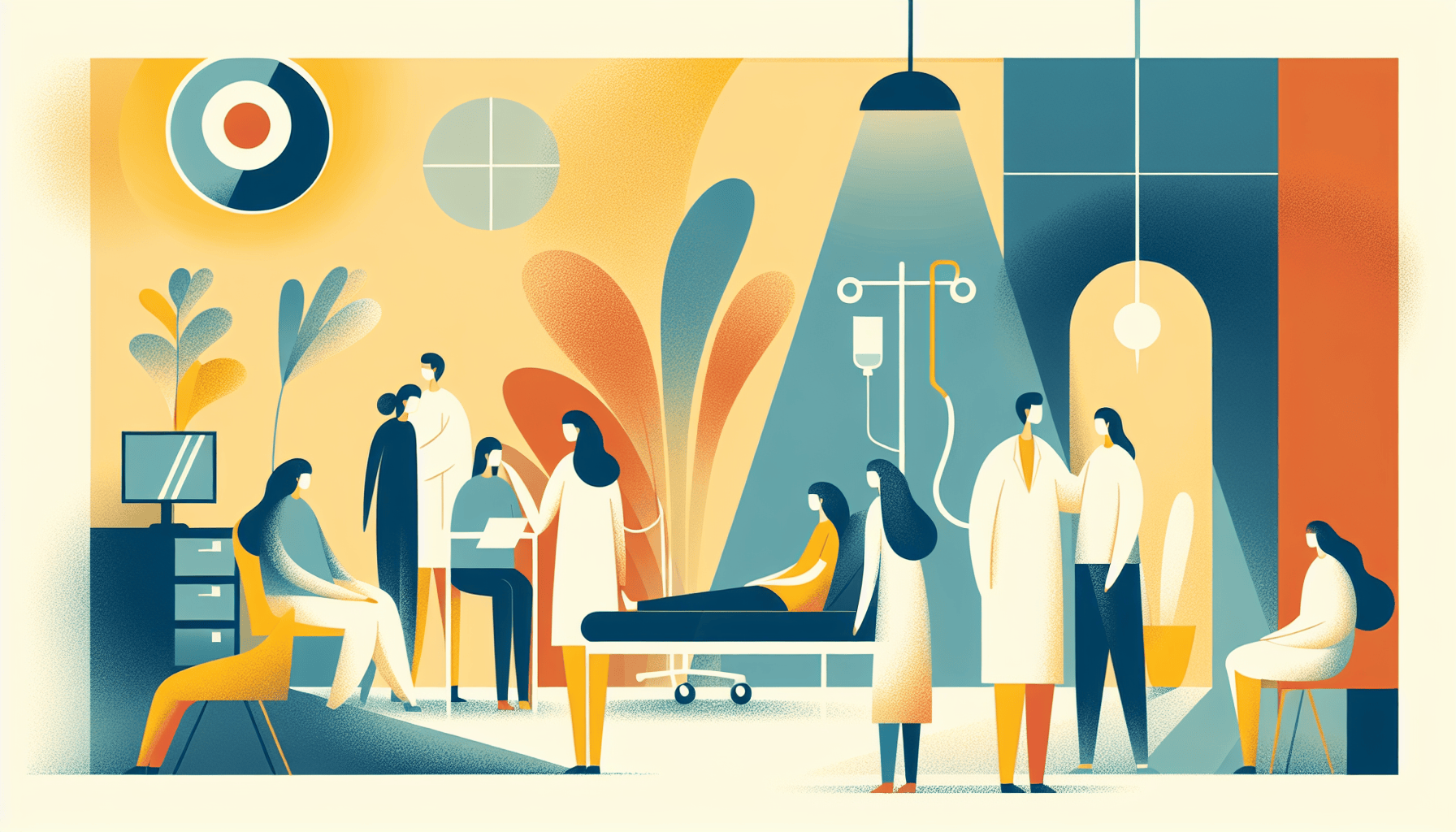Does Mounjaro Affect Fertility?
Understanding Mounjaro and Its UsesMounjaro is a prescription medication commonly prescribed for managing type 2 diabetes. It belongs to a class of drugs that help regulate [...]
Read More
Medically reviewed by Jerome Albert Ecker | MD, Assistant Professor of Medicine, Duke University - Durham, NC on May 19th, 2023.
Bowen's disease, also known as squamous cell carcinoma in situ, is a type of skin cancer that affects the upper layer (epidermis) of the skin. It is important to be aware of the symptoms, causes, diagnosis, and treatment options for this condition.
Bowen's disease typically causes reddish or sometimes brown patches on sun-damaged skin, most commonly on the legs. Other areas where patches may appear include:
Head
Neck
Palms of the hands
Soles of the feet
Genital area
Most people develop only one patch, but multiple patches can occur. These patches are usually:
Flat
Larger than a half-inch wide
Scaly, crusty, or oozing
Itchy or sore

The exact causes of Bowen's disease are not fully understood, but it appears to be associated with long-term damage to epidermal keratinocytes (cells in the outermost layer of the skin). However, several factors may increase the risk of developing this condition:
Long-term sun exposure (most cases)
Aging
Arsenic poisoning
Human papillomavirus (HPV) infection (for Bowenoid papulosis)
Immunosuppression
Chronic skin injury
Genetic predisposition
Bowen's disease can be difficult to diagnose based on appearance alone, as it can resemble other skin conditions such as rashes, eczema, or even melanoma. To confirm the diagnosis, your doctor will typically perform a skin biopsy, which involves taking a sample of the affected skin for laboratory testing.
Treatment for Bowen's disease aims to remove the cancerous cells and prevent the cancer from spreading to deeper layers of the skin. The most common treatment options include:
Surgical excision: The cancerous area and a small margin of surrounding skin are removed.
Mohs surgery: A more detailed procedure for larger patches, involving the removal and examination of thin layers of tissue until no cancer cells are found.
Curettage and electrodessication: The patches are scraped off, and an electric current is used to stop bleeding and destroy any remaining cancer cells.
Topical medications: 5-Fluorouracil or imiquimod may be applied to the skin to slow the growth and reproduction of abnormal cells.
Cryosurgery: Liquid nitrogen is used to freeze and destroy the affected area.
Laser removal: Light energy is used to burn off the cancerous cells.
Photodynamic therapy: Ultraviolet light rays, sometimes in combination with light-sensitizing medication, are used to treat the affected skin.
Radiation therapy: Electrically charged particles (electrons) are used to target and kill cancer cells in the upper layers of the skin.
If you have been diagnosed with Bowen's disease, it is crucial to have regular follow-ups and skin checks with your doctor, as you may be at a higher risk for developing other types of skin cancer, especially if you have a weakened immune system.
For more information on Bowen's disease and skin cancer, visit the following reputable sources:
Early detection and treatment of these precancerous patches prevents progression to invasive squamous cell carcinoma in nearly all cases. Any persistent scaly skin patch lasting more than 4-6 weeks warrants professional evaluation. If you're concerned about unusual skin changes, Doctronic can help connect you with appropriate dermatologic care.
Understanding Mounjaro and Its UsesMounjaro is a prescription medication commonly prescribed for managing type 2 diabetes. It belongs to a class of drugs that help regulate [...]
Read MoreUnderstanding Hydrocortisone Uses and DosagesHydrocortisone is a versatile medication primarily used to reduce inflammation and suppress the immune system in various [...]
Read MoreUnderstanding Zepbound and MounjaroWhen managing type 2 diabetes, patients often face a variety of medication options. Zepbound and Mounjaro are two such options gaining [...]
Read More